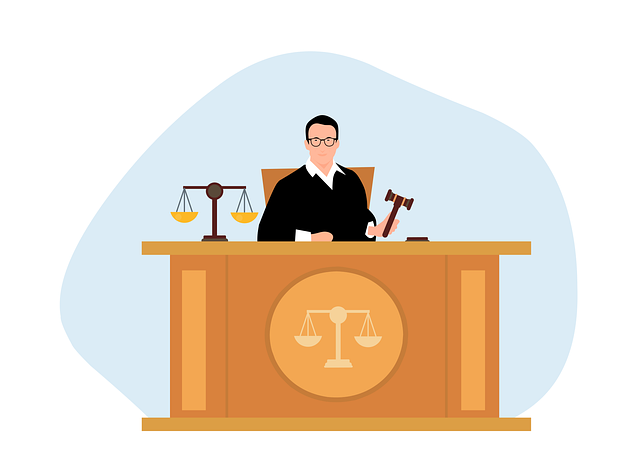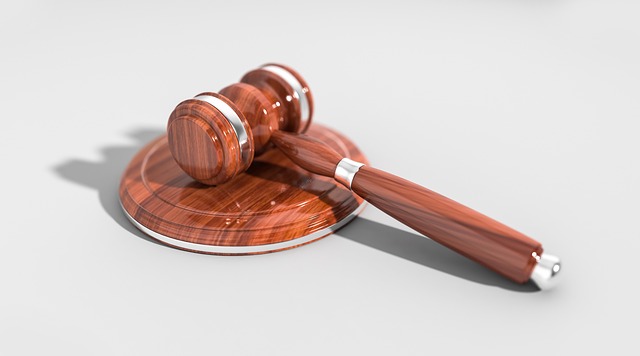Understanding appeals vs. post-conviction relief is vital for navigating criminal litigation complexities. While both challenge convictions, they differ in speed, focus (appeals on specific errors, post-conviction relief broader), and outcomes (appeals may reverse or reduce sentence, post-conviction could vacate conviction). Appeals require demonstrating legal/factual errors, while post-conviction relief covers a wider range including ineffective counsel or new evidence. These processes are crucial for achieving justice, affecting not just individuals but also philanthropic and political communities nationwide.
Litigation Types: Navigating Appeals and Post-Conviction Relief. This article explores two distinct legal processes: Understanding Appeals, initiated due to procedural errors or new evidence, and Post-Conviction Relief, seeking to overturn a conviction. We delve into their key differences, including timelines, scope, and outcomes, providing practical insights for defendants and plaintiffs alike. By understanding these processes, individuals can better manage the complexities of their legal battles, ensuring a fair and just resolution.
- Understanding Appeal: When and Why It's Initiated
- Post-Conviction Relief: Exploring the Process and Grounds
- Key Differences: Timelines, Scope, and Outcomes
- Practical Implications: Impact on Defendants and Plaintiffs
Understanding Appeal: When and Why It's Initiated

Understanding an appeal is crucial, especially when navigating the complexities of litigation. An appeal occurs when a party seeks to have a lower court’s decision reviewed and reversed on legal grounds. It’s initiated when there’s a belief that significant errors were made during the initial trial, leading to an unfair outcome. This process allows for a second look at the evidence and legal interpretations presented in the case.
When discussing appeals, it’s important to differentiate them from post-conviction relief. While both involve reviewing past decisions, their objectives vary. Appeals focus on correcting errors of law or fact that may have affected the trial’s outcome. In contrast, post-conviction relief is a broader term, encompassing various legal mechanisms to challenge a conviction after a defendant has been sentenced, aiming for relief such as achieving extraordinary results, complete dismissal of all charges, and addressing issues like ineffective assistance of counsel that weren’t previously raised. These processes are vital in ensuring fairness within the justice system and catering to the needs of both philanthropic and political communities.
Post-Conviction Relief: Exploring the Process and Grounds

Post-conviction relief offers a crucial avenue for individuals seeking to challenge their convictions and sentences after a final judgment has been rendered. This process differs significantly from an appeal, which focuses on correcting errors in the trial or sentencing proceedings. While appeals are generally limited to reviewing procedural and legal issues, post-conviction relief allows for a broader examination of constitutional violations or newly discovered evidence that may have impacted the outcome of the case.
The grounds for seeking post-conviction relief vary widely but often include allegations of ineffective assistance of counsel, prosecutorial misconduct, or errors in the admission of evidence. In high-stakes cases across the country, these motions can lead to significant outcomes, including the possibility of a complete dismissal of all charges. This makes understanding the nuances of post-conviction procedures essential for both legal professionals and those affected by criminal judgments.
Key Differences: Timelines, Scope, and Outcomes

When comparing appeal and post-conviction relief, understanding key differences is essential for anyone navigating the complexities of litigation. While both avenues seek to challenge a criminal conviction, they diverge significantly in timelines, scope, and potential outcomes.
Timelines for appeals are generally faster than post-conviction relief proceedings. Appeals often focus on correcting errors that occurred during jury trials or other procedural aspects of the original case, allowing defendants to present new evidence or legal arguments that were previously overlooked. In contrast, post-conviction relief is a broader process that can encompass a range of issues—from ineffective assistance of counsel to newly discovered evidence—and often involves extensive documentation and legal research. The scope of these processes also varies; appeals typically target specific aspects of the conviction, while post-conviction relief can encompass the entire case. As for outcomes, appeals may result in a reversal of the conviction or a reduction in sentence, whereas post-conviction relief could lead to vacating the conviction entirely or granting a new trial across the country.
Practical Implications: Impact on Defendants and Plaintiffs

The outcomes of litigation have profound practical implications for both defendants and plaintiffs, with the nature of relief significantly influencing the trajectory of cases. For instance, the differences between appeal and post-conviction relief are crucial in shaping legal strategies. While appeals offer a chance to review and potentially reverse a trial verdict, they often require demonstrating errors in law or fact, which can be challenging. On the other hand, post-conviction relief provides a broader scope for challenging convictions, including claims of ineffective assistance of counsel or newly discovered evidence.
For defendants, these processes can mean the difference between winning challenging defense verdicts and serving potentially unjust sentences. They engage the support of legal teams to navigate complex procedures, ensuring their rights are protected. Conversely, plaintiffs seek to enforce justice and achieve unprecedented track records in compensation for harm suffered. These diverse litigation types thus have a profound impact on both sides, with implications extending beyond the courtroom into the broader philanthropic and political communities.
Understanding the distinctions between appeal processes and post-conviction relief is crucial for both defendants and plaintiffs. While appeals focus on reviewing legal errors in a final judgment, post-conviction relief delves into specific circumstances arising after the conviction. By recognizing these differences in timelines, scope, and potential outcomes, individuals can navigate the legal landscape more effectively, ensuring their rights are protected throughout the litigation process. This knowledge equips them to make informed decisions and strategize accordingly, be it on a direct appeal or seeking collateral relief.






